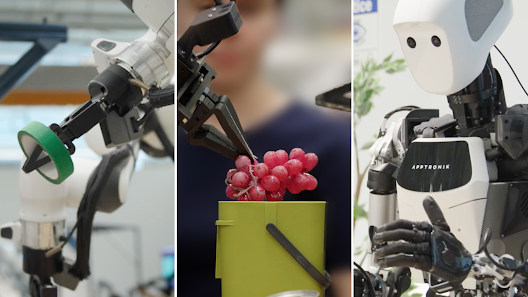AI assistants were meant to transform the way we interact with technology, offering seamless and personalized experiences. However, the reality is far from this vision.
The Fragmented Landscape of AI Assistants
Businesses have rushed to develop AI-powered assistants, each designed to perform specific functions within a narrow domain. Instead of a cohesive experience, users now juggle multiple AI assistants, each operating in isolation. Whether it’s customer service bots, scheduling assistants, or AI-driven financial advisors, these tools lack the ability to integrate smoothly into a unified system.
This disjointed approach has led to frustration rather than convenience. AI assistants often struggle to provide meaningful insights because they lack access to a broader context of user interactions across various platforms. Each AI tool functions independently, unable to communicate effectively with others, making the experience cumbersome rather than intelligent.
A Missed Opportunity for True Personalization
One of the biggest promises of AI was its ability to act as a true personal assistant—anticipating needs, organizing tasks, and streamlining decision-making. Yet, most AI assistants today fail to deliver on this front. Instead of offering proactive support, they require constant user input and corrections. Rather than saving time, they often introduce additional steps.
For example, an AI-powered email assistant may suggest responses, but the user still needs to review, edit, and send them. A financial AI tool might warn about low balances, but users must manually move funds between accounts. The lack of true automation in these systems limits their effectiveness.
Challenges in AI Integration Across Platforms
Another significant hurdle is the inability of AI assistants to integrate across different applications and services. Ideally, an AI assistant should serve as a bridge between various tools, enabling users to operate efficiently without switching between multiple interfaces.
However, due to proprietary restrictions and competition among tech companies, most AI assistants are locked within their respective ecosystems. A banking AI assistant might provide account details, but it cannot communicate with a budgeting app to provide a holistic financial overview. Similarly, an AI scheduler may suggest available time slots, but it won’t coordinate with other productivity tools to optimize a user’s workflow.
The Path Forward: A Unified AI Ecosystem
For AI assistants to truly fulfill their promise, they must evolve into a more interconnected and intelligent system. This means:
- Developing open AI ecosystems that allow different assistants to communicate and collaborate.
- Enhancing AI’s ability to learn from user behavior and adapt in real-time.
- Reducing reliance on rigid, rule-based algorithms and enabling more dynamic decision-making.
- Ensuring AI assistants can automate tasks rather than simply providing suggestions.
The future of AI assistants shouldn’t be about adding more chatbots or voice assistants. Instead, it should be about creating cohesive, responsive, and truly intelligent systems that function as an extension of the user, not just another tool to manage.
Related Reading
For a deeper look into how AI agents can enhance enterprise decision-making, check out The Rise of Agentic AI: Transforming Enterprise Decision-Making.







